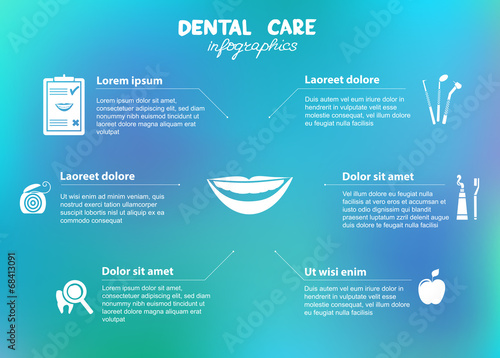Explore The Pioneering Growths That Are Transforming The Landscape Of Oral Surgery. Examine The Future Of The Field And Guarantee You Stay At The Forefront. Click Now For A Sneak Peek Of What Is Ahead
Explore The Pioneering Growths That Are Transforming The Landscape Of Oral Surgery. Examine The Future Of The Field And Guarantee You Stay At The Forefront. Click Now For A Sneak Peek Of What Is Ahead
Blog Article
Content Writer-Reeves Dowd
Invite to the world of dental surgery, where innovations and advancements are shaping the future of the field! In this interesting realm, you'll witness the transformative power of robotics, the advanced wonder of 3D printing, and the game-changing influence of minimally invasive techniques.
The future of oral surgery holds an assurance of precision, performance, and boosted client outcomes. With the help of innovative robotics, surgeons are able to execute intricate treatments with greater precision and control.
3D printing technology is transforming the creation of oral implants and prosthetics, providing tailored services that fit effortlessly into each person's one-of-a-kind makeup.
Furthermore, minimally invasive strategies are decreasing post-operative pain and healing time, permitting clients to return to their day-to-days live quicker.
Prepare yourself to discover the exciting advancements and developments that are reshaping the landscape of dental surgery!
Advancements in Robotics
One major development in oral surgery is making use of robotic modern technology, which enables accurate and effective surgeries. With Read Far more of robot systems, oral surgeons have the capacity to execute complex surgical treatments with improved precision, reducing the danger of human mistake.
These robot systems are geared up with advanced imaging technology and exact instruments that enable cosmetic surgeons to navigate with intricate anatomical structures effortlessly. By making use of robotic modern technology, surgeons can achieve higher medical precision, resulting in improved client end results and faster recovery times.
Additionally, the use of robotics in dental surgery permits minimally invasive treatments, lowering the trauma to surrounding tissues and advertising faster recovery.
3D Printing in Dental Surgery
To boost the field of dental surgery, you can check out the subtopic of 3D printing in oral surgery. This innovative modern technology has the prospective to transform the means dental specialists operate and treat people. Below are four essential ways in which 3D printing is forming the area:
- ** Custom-made Surgical Guides **: 3D printing allows for the creation of extremely exact and patient-specific surgical overviews, improving the precision and effectiveness of treatments.
- ** Implant Prosthetics **: With 3D printing, dental surgeons can develop personalized implant prosthetics that perfectly fit a person's special composition, leading to better outcomes and individual contentment.
- ** Bone Grafting **: 3D printing enables the production of patient-specific bone grafts, reducing the requirement for typical implanting strategies and improving recovery and recuperation time.
- ** Education and Educating **: 3D printing can be utilized to create reasonable medical designs for instructional objectives, permitting oral doctors to exercise intricate procedures before performing them on people.
With its possible to enhance accuracy, personalization, and training, 3D printing is an exciting advancement in the field of dental surgery.
Minimally Intrusive Methods
To even more advance the field of dental surgery, embrace the possibility of minimally intrusive techniques that can substantially benefit both cosmetic surgeons and individuals alike.
Minimally invasive techniques are revolutionizing the field by decreasing medical trauma, minimizing post-operative discomfort, and speeding up the recuperation process. These strategies include making use of smaller sized lacerations and specialized instruments to perform procedures with precision and effectiveness.
By using full mouth reconstruction austin tx , such as cone light beam calculated tomography (CBCT), surgeons can properly prepare and implement surgical procedures with minimal invasiveness.
Furthermore, the use of lasers in dental surgery enables accurate tissue cutting and coagulation, resulting in reduced bleeding and lowered healing time.
With minimally intrusive methods, individuals can experience much faster recovery, reduced scarring, and enhanced outcomes, making it an important facet of the future of oral surgery.
Final thought
So, as you can see, the future of dental surgery is extremely encouraging, with interesting developments and advancements forming the area.
From the advancements in robotics to the use of 3D printing and minimally invasive methods, dental doctors are transforming the way they give care.
While some may fret about the possible price associated with these innovations, it is essential to bear in mind that these modern technologies inevitably enhance person results and minimize recovery time, making them well worth the financial investment over time.
